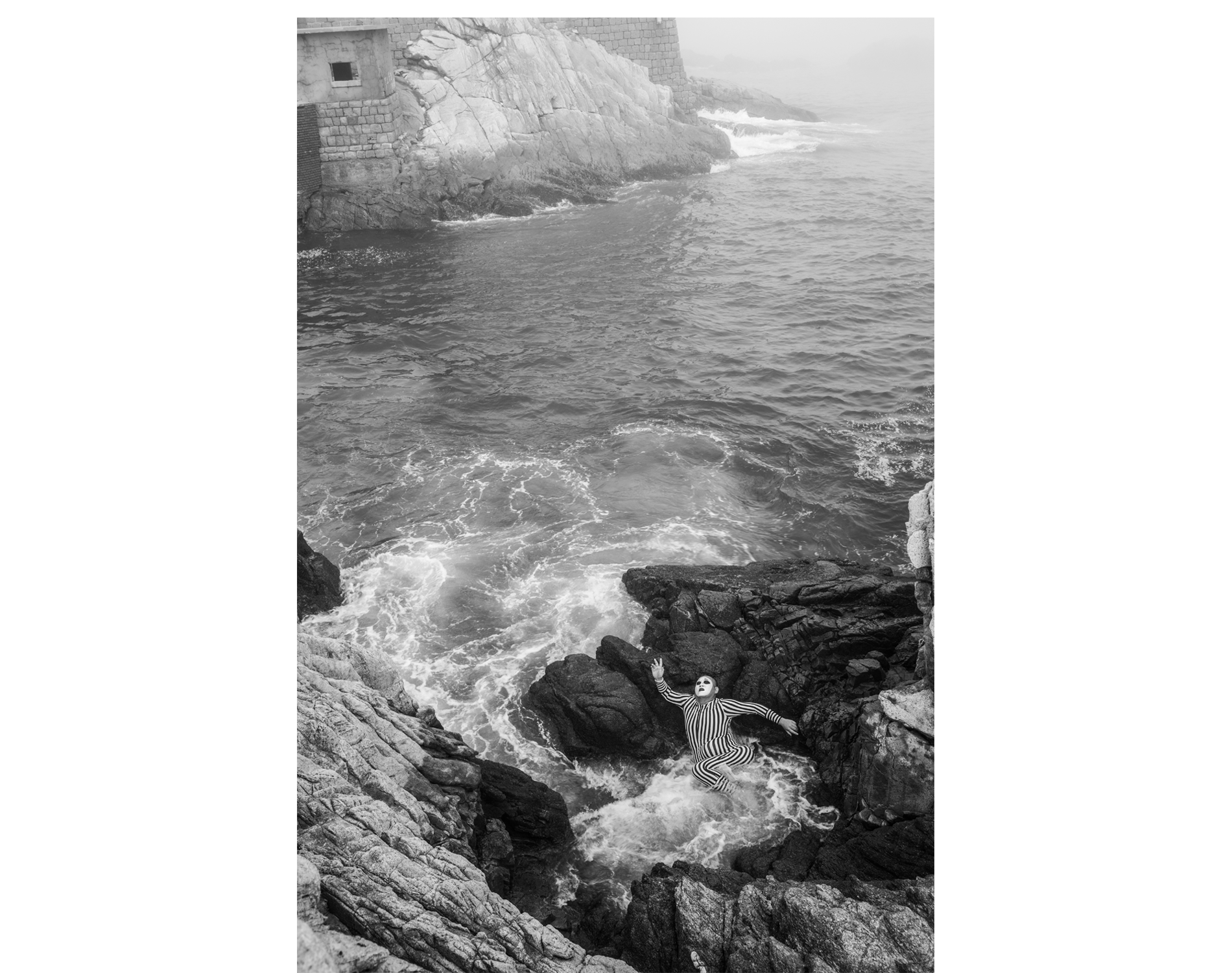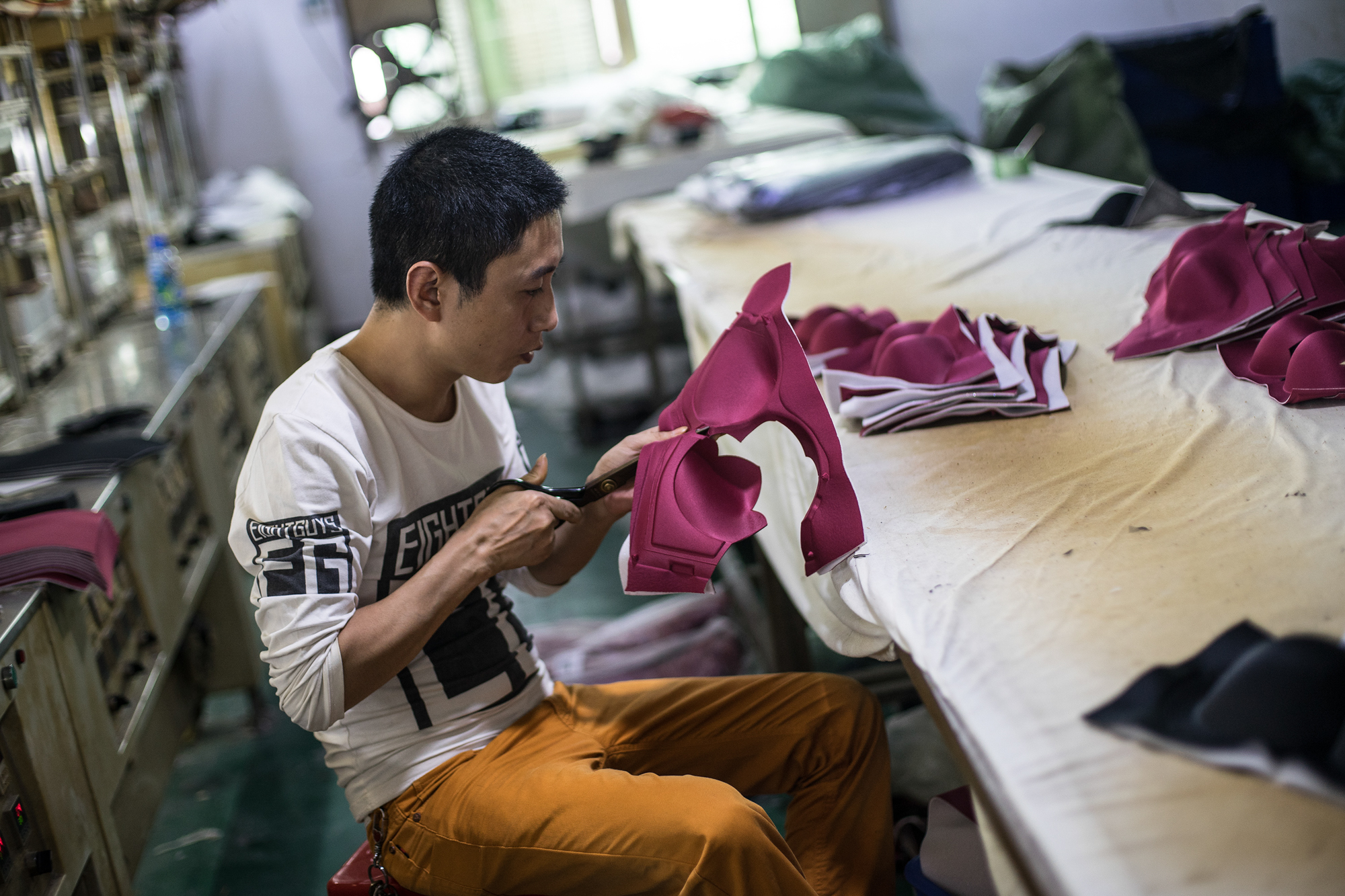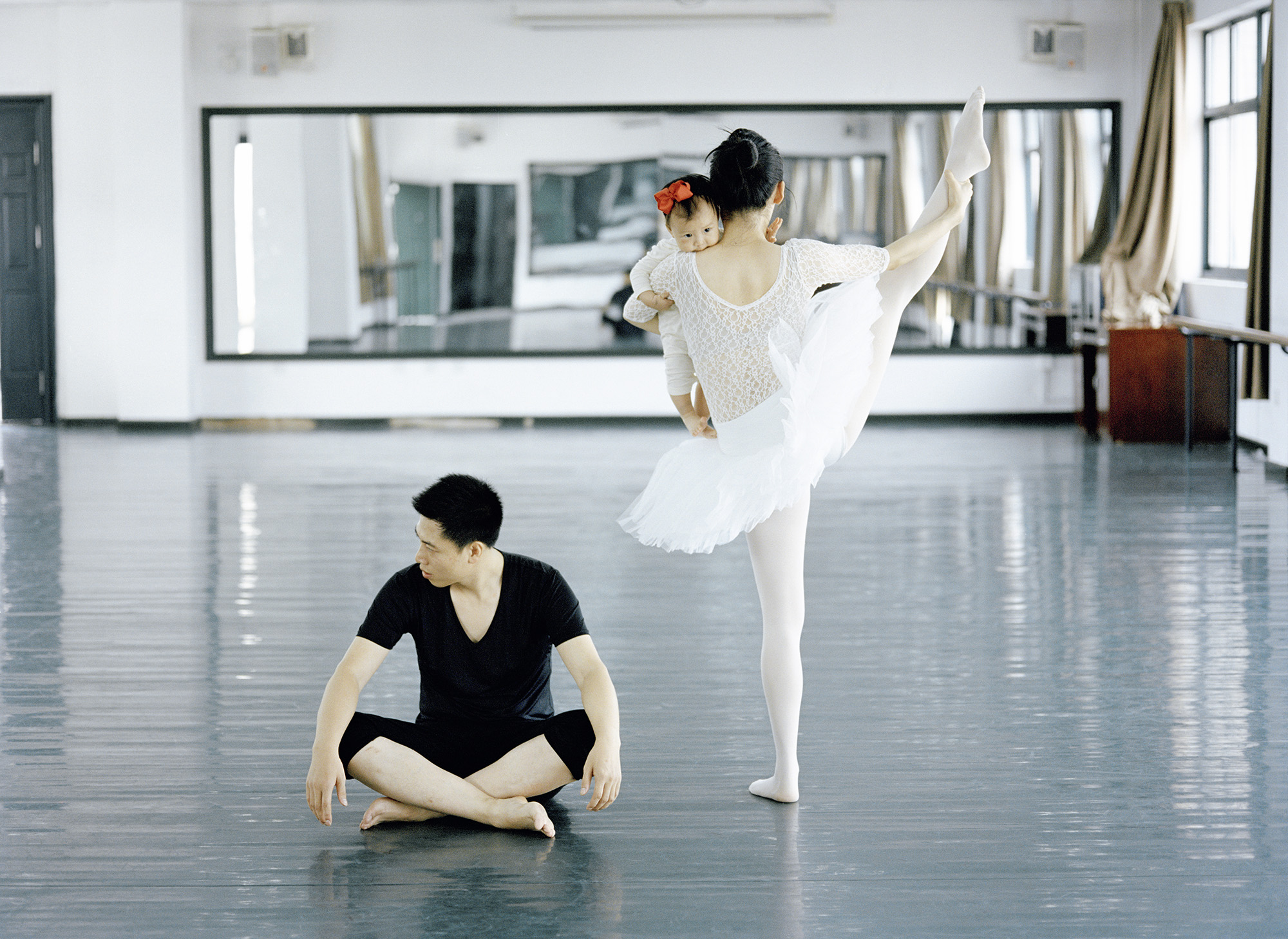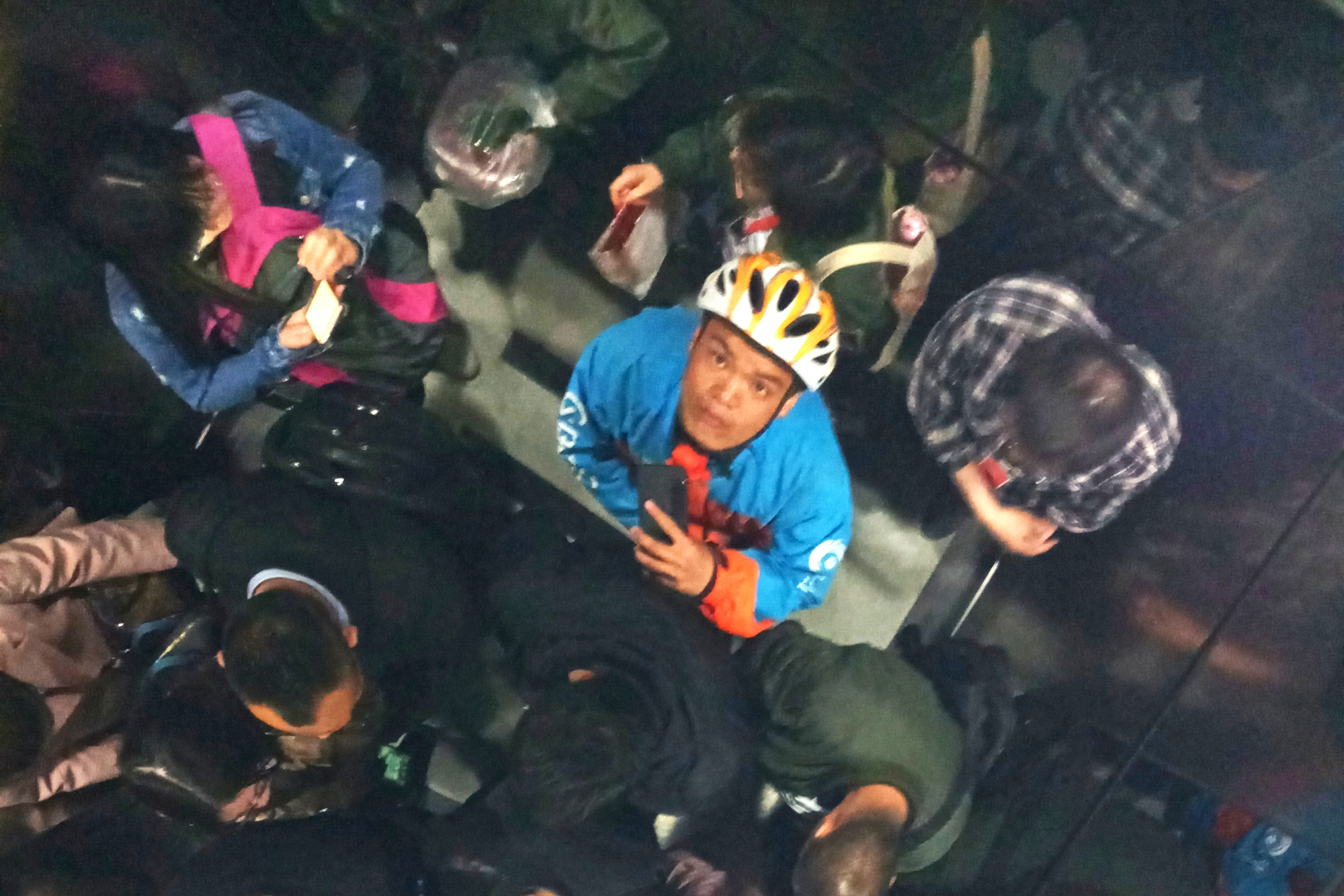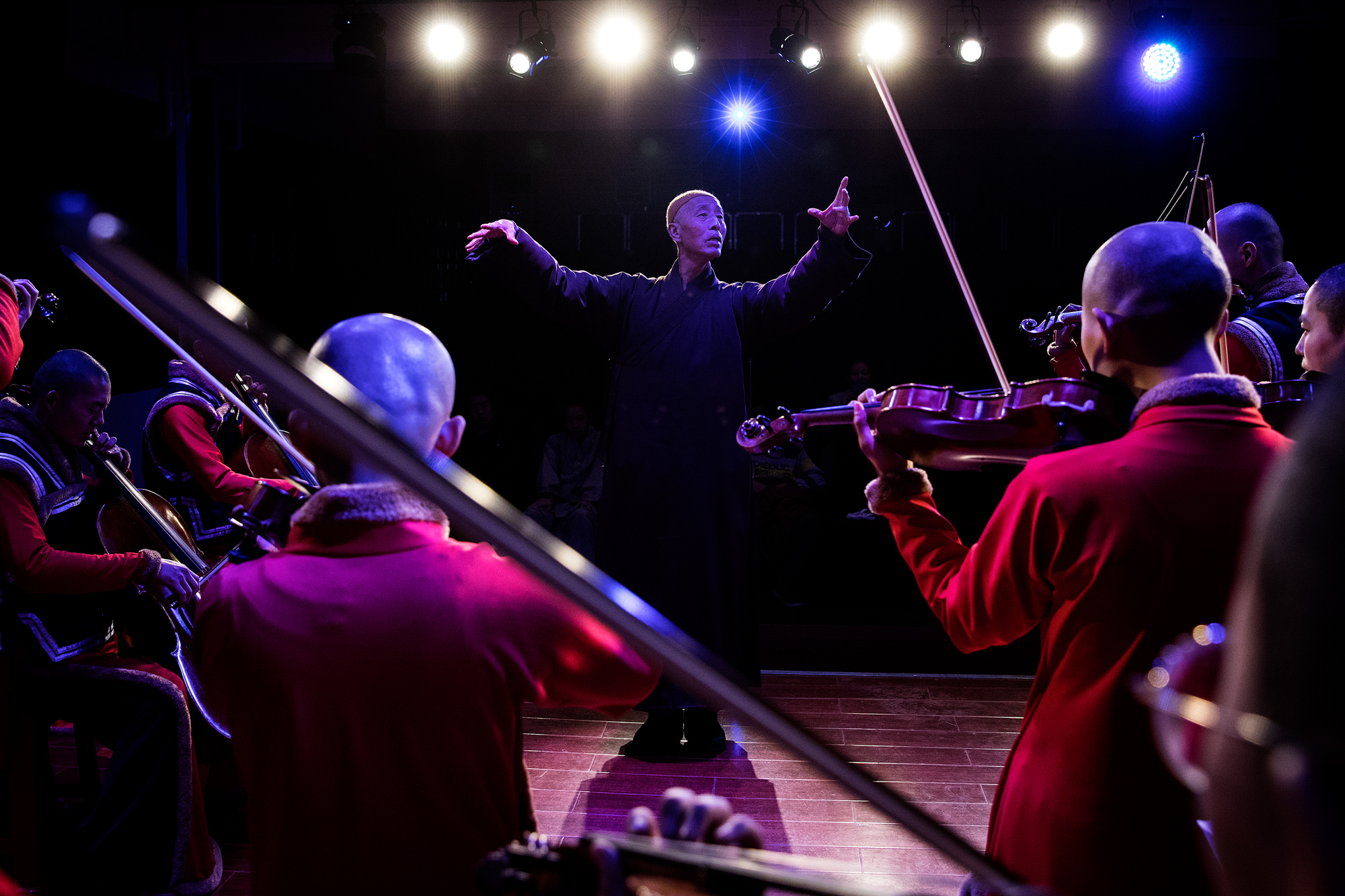Many of the photo stories in this edition of Depth of Field cover issues relating to women and gender, including a piece on women from Madagascar married to men in rural Zhejiang province, artistic photo collaborations with women and men who have experienced sexual assault, the manufacturing of a bra, and a series of profiles of female Chinese photographers. Others explore cities: Li Ya’nan travels to Homs and Aleppo in Syria to document how conflict has impacted the country, and food couriers capture the scenes along their delivery routes. Wang He explores a Buddhist temple’s orchestra.
In China, the skewed sex ratio and the expectation of high dowries from grooms in rural areas are leaving a large number of men single. Under familial pressure to carry on their bloodlines, low-income men are buying foreign brides, who are frequently reported to come from poorer Southeast Asian nations such as Vietnam and Cambodia. In 2018, photographer Liao Xiong discovered that there were 25 women from Madagascar married to Chinese men in an impoverished part of Zhejiang province. Language and cultural barriers, as well as a lack of citizenship rights, are preventing these brides from integrating into Chinese society and making them prone to mistreatment, Liao writes.
The #MeToo movement arrived late in China, but was nevertheless explosive. Since 2018, dozens of powerful men have been exposed as perpetrators of sexual assault and harassment, including a high-profile TV host, a prominent NGO leader, several university professors, and an abbot who headed China’s Buddhist Association. The government eventually banned the hashtag on Chinese social media. As the movement was picking up steam in China in January, Zhu Lingyu photographed three victims in a collaborative photo project in which they shared their stories of sexual assault. Zhu worked with the subjects to create scenes that illustrated their inner struggles while artistically obscuring their identities. She is currently expanding the project.
Chinese photographers tend to look inward rather than out, mostly photographing stories taking place in China or related to China. But for years, photographer Li Ya’nan has documented regions outside of China that have been impacted by conflict and unrest, such as Afghanistan and Pakistan. In March, he visited Aleppo and Homs in Syria.
Photographer Lin Hongxian follows the journey of a bra, from its manufacturing in Chendian, a town in Shantou, Guangdong Province, to being sold on online shops, and eventually to the trucks that deliver them to customers.
Sixth Tone has been publishing a series of profiles of female Chinese photographers whose work spans a variety of topics, including bride-trafficking, body positivity, and the challenges of modern marriage. One of the photographers is Depth of Field editor Yan Cong.
“Invisible Cities” is a collaboration between OfPix, an organization run by photography educator Ren Yue, and Shanghai-based news website The Paper, and sponsored by Ele.me, a food-delivery service owned by Alibaba. According to a report by Ele.me, a driver delivers on average 48 orders a day and covers about 150 kilometers. OfPix photo editors found Ele.me delivery drivers who are photography hobbyists and invited them to document what they see on their deliveries, capturing their cities with unique perspectives. The editors then curated the pictures in a series of articles. This project is an example of a new trend we’ve noticed: Publications, under budget pressure, are increasingly looking for “commercial partners” to finance visuals projects.
Tiantai Temple, in the mountains of Hubei province, has a history dating back to 622 AD. The old Buddhist temple now has something unconventional: 60 of its monks and nuns play in an orchestra as part of their Buddhist practice. Inspired by Christian church choir music, the Abbot, Wule, who trained as a violinist, founded a string quartet in the temple in 2004, and it grew into an orchestra in 2008. Professional and amateur musicians volunteer to train the monks and nuns. Some people believe that playing music—especially Western classical music—is a form of distraction that should be forbidden for Buddhist monks and nuns. Xiaotong, a 29-year-old nun who plays violin in the orchestra, says, “Zen music is inclusive. It transcends borders and religion. We’re allowed to appreciate it as long as it’s good and beautiful.”





